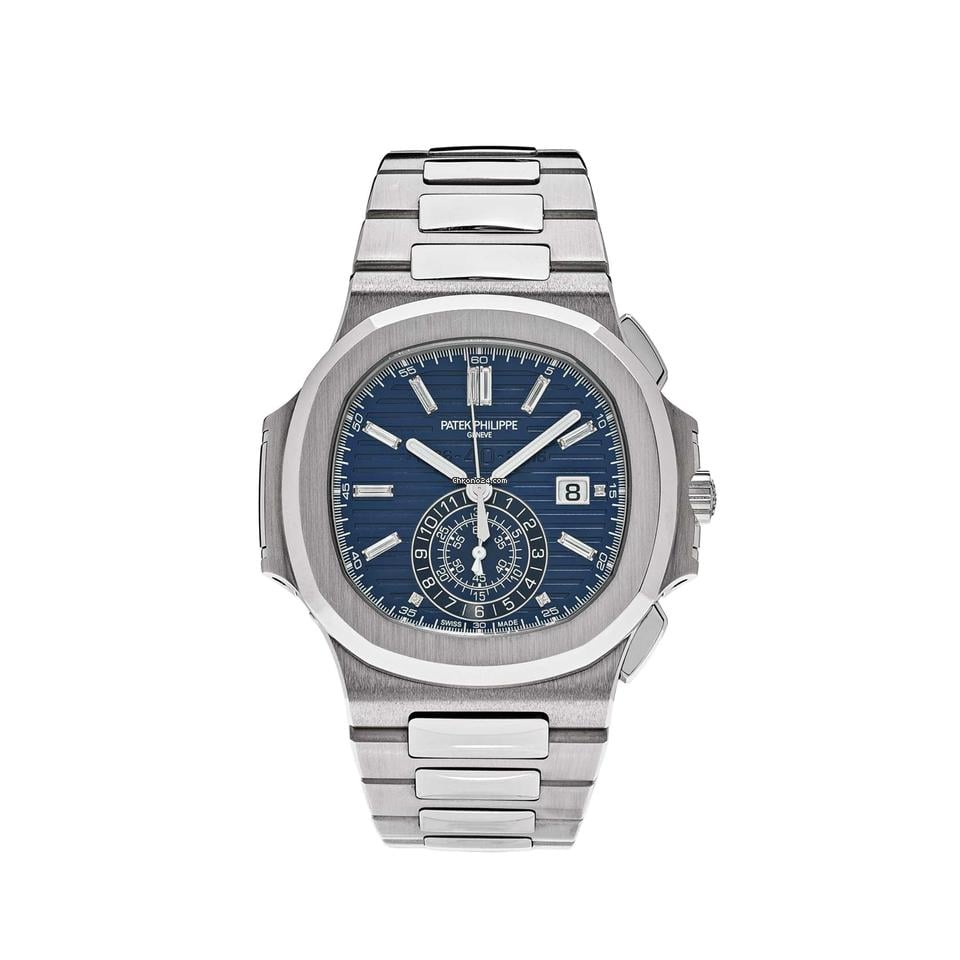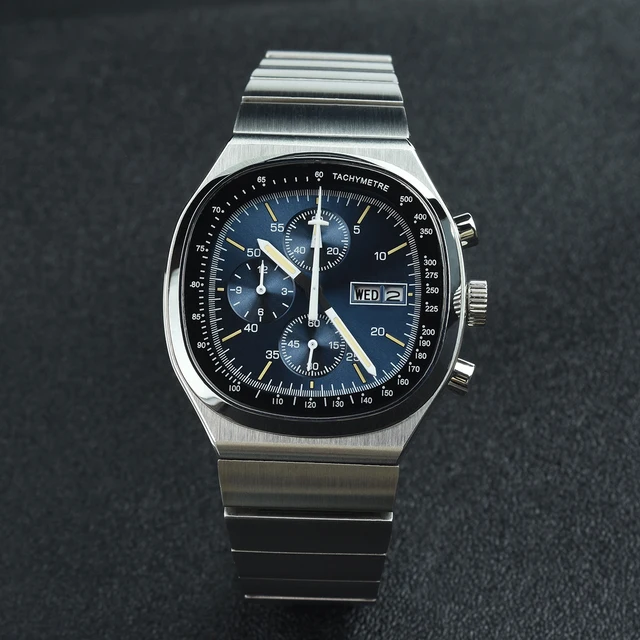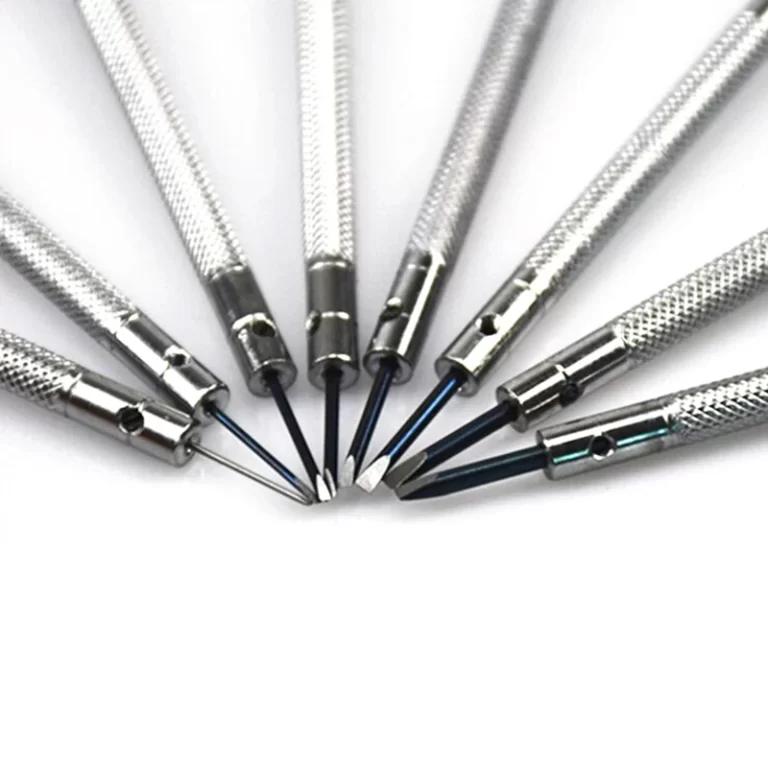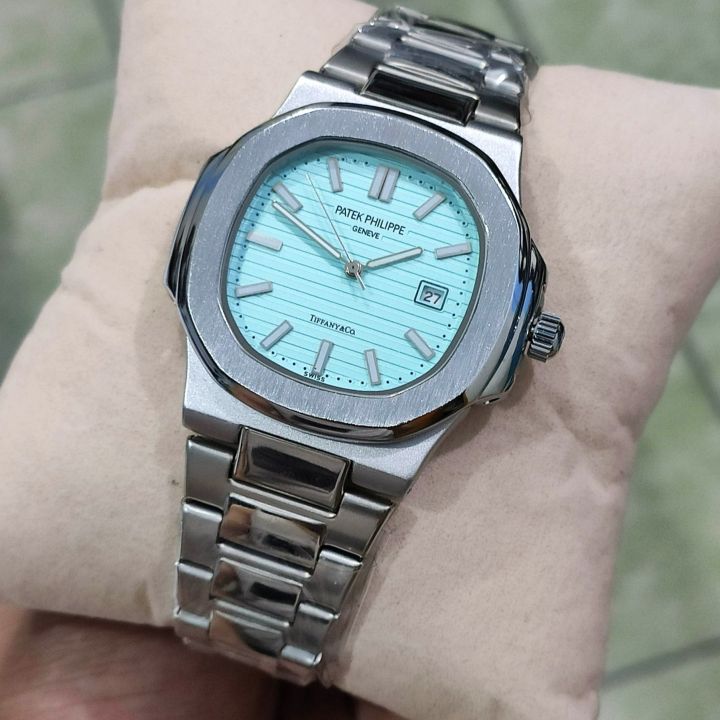Introduction
Wristwatches have fascinated people for centuries. They are more than just tools to tell time; they symbolize style, status, and craftsmanship. In this article, we will explore the history of wristwatches, their different types, how to choose the right one, and tips for maintaining your timepiece. Whether you’re a seasoned collector or a first-time buyer, this guide will provide valuable insights into the world of wristwatch.
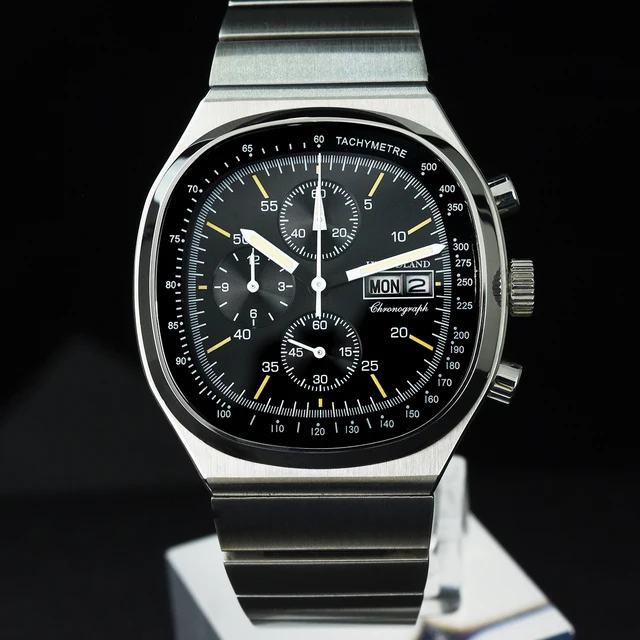
The History of Wristwatches
Early Beginnings
The story of wristwatches dates back to the 16th century. During this time, people primarily used pocket watches. These watches were elegant but not very practical for daily wear. They required users to fumble through pockets to check the time. As society progressed, especially in the 19th century, people began to seek more convenient timekeeping methods.
In the late 1800s, military officers started wearing watches on their wrists. This trend gained popularity during World War I. Soldiers found it easier to check the time without taking out a pocket watch. The need for precision and practicality in battle made wristwatches essential. After the war, soldiers returned home, bringing their new timekeeping habits with them.
The early wristwatches often featured simple designs. They were primarily utilitarian, focusing on function rather than fashion. However, as demand grew, manufacturers began to innovate. They experimented with styles and materials. By the 1920s, wristwatches had become fashionable accessories for both men and women.
The Rise of Luxury Watches
As the 20th century progressed, luxury wristwatches emerged. Renowned brands like Rolex, Omega, and Patek Philippe began to establish their reputations. These companies focused on precision engineering and exquisite craftsmanship. They created timepieces that were not only reliable but also beautiful.
The introduction of automatic movements changed the game. Automatic watches wind themselves through the motion of the wearer’s wrist. This innovation eliminated the need for manual winding. It made watches more user-friendly and appealing. People appreciated the convenience and the intricate mechanisms behind these timepieces.
In the 1960s, the quartz revolution began. Quartz watches utilized battery-powered movements, offering unparalleled accuracy. Many traditional watchmakers struggled to compete with this new technology. However, some brands adapted by incorporating quartz movements into their luxury offerings. They combined high-end finishes with precise timekeeping, attracting a broader audience.
Modern Innovations
Today, wristwatches come in various styles and functionalities. Smartwatches have entered the market, blending technology with traditional watchmaking. These devices offer features like fitness tracking, notifications, and GPS. Despite this modern shift, traditional watches retain their charm. Many still appreciate the artistry involved in creating mechanical timepieces.
Collectors and enthusiasts continue to celebrate vintage watches. Auctions and online platforms showcase rare finds. These pieces tell stories, connecting wearers to history. The combination of timeless design and modern technology ensures that wristwatches remain relevant.
Types of Wristwatches
Mechanical vs. Quartz
When choosing a wristwatch, understanding the difference between mechanical and quartz watches is crucial. Mechanical watches operate through intricate gears and springs. They require regular winding to maintain accuracy. Enthusiasts admire these watches for their craftsmanship. Each piece is a work of art, showcasing the skill of the watchmaker.
Quartz watches, on the other hand, rely on battery power. They use a quartz crystal to regulate timekeeping. This technology allows for greater accuracy and requires less maintenance. While some purists prefer mechanical watches, others appreciate the practicality of quartz options.
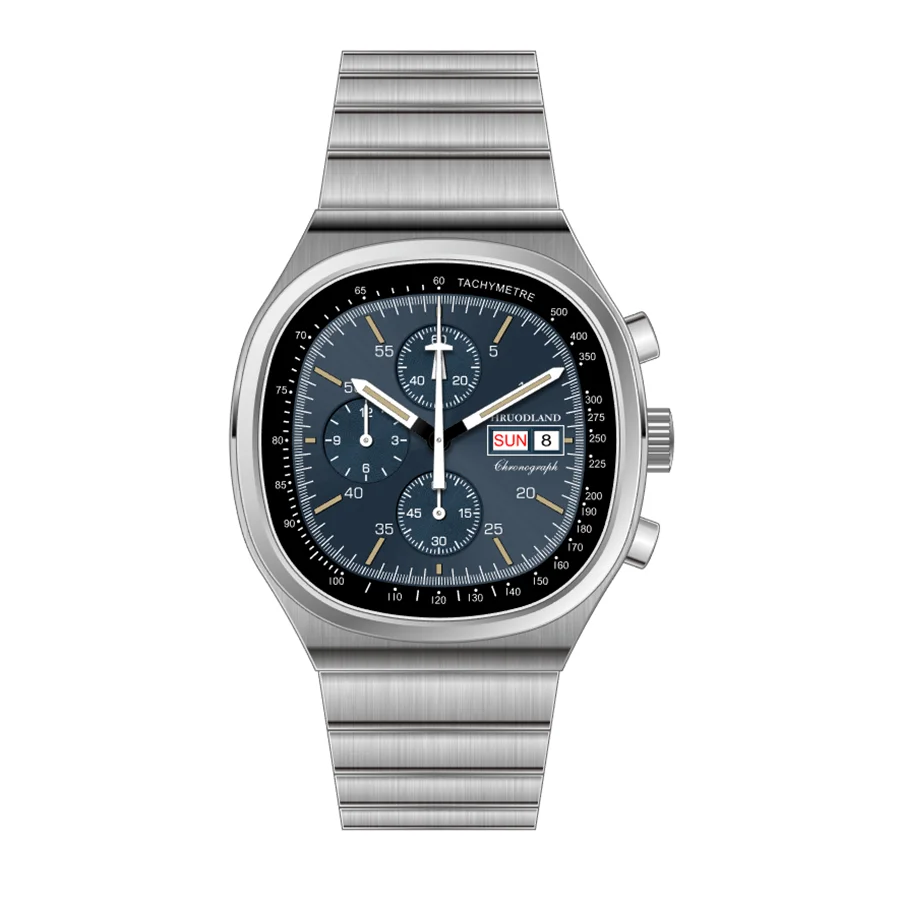
Analog vs. Digital
Another distinction lies between analog and digital watches. Analog watches display time through hour and minute hands on a dial. They often feature classic designs, appealing to those who value tradition. Digital watches, however, use electronic displays to show time. They can include additional features like alarms, timers, and backlighting.
Many modern watches incorporate both styles. Hybrid models offer the charm of analog designs with the functionality of digital displays. This versatility meets the needs of various consumers.
Dress Watches vs. Sports Watches
Dress watches and sports watches serve different purposes. They use high-quality materials like leather straps or precious metals. These watches prioritize aesthetics over functionality.
Sports watches, in contrast, focus on durability and performance. They often include features like water resistance, chronographs, and luminous dials. Athletes and outdoor enthusiasts favor these watches for their ruggedness and reliability.
The choice between dress and sports watches comes down to personal preference. Some people enjoy having both types in their collection for different occasions.
Choosing the Right Wristwatch
Assess Your Needs and Style
Selecting the perfect wristwatch begins with understanding your needs. Consider how you will use the watch. Will you wear it daily, or only for special occasions? If you need a watch for everyday wear, look for something durable and comfortable. A versatile design ensures you can pair it with various outfits.
Your personal style is also essential. Think about the colors and materials you prefer. Do you like classic stainless steel, or do you lean toward gold or leather? Your watch should complement your wardrobe and reflect your personality.
Set a Budget
Wristwatches come in a wide range of prices. Setting a budget helps narrow your options. Determine how much you are willing to spend before you start shopping. Remember that quality often correlates with price. Investing in a higher-end watch can pay off in terms of longevity and craftsmanship.
Once you have a budget, research brands and models within your price range. Look for reputable retailers that offer warranties and customer support. This extra assurance can add peace of mind to your purchase.
Consider Features and Functionality
Different watches offer various features. Think about what functionalities matter most to you. Do you want a chronograph for timing activities? Would you benefit from a date display? If you travel frequently, consider a watch with multiple time zones.
For those interested in fitness, smartwatches provide numerous health tracking features. They can monitor heart rate, steps taken, and sleep patterns. Evaluate which features align with your lifestyle to make an informed choice.
Try Before You Buy
Whenever possible, try on watches before purchasing. A watch should feel comfortable on your wrist. Pay attention to how it fits and whether it feels too heavy or bulky. The strap’s material also affects comfort. Leather, metal, and silicone each offer different sensations.
Visiting a store allows you to see how the watch looks in person. Lighting can affect a watch’s appearance, and seeing it firsthand helps you determine if it’s the right choice.
Caring for Your Wristwatch
Regular Maintenance
To keep your wristwatch in excellent condition, regular maintenance is crucial. Mechanical watches require winding, while quartz watches need battery replacements. Follow the manufacturer’s guidelines for specific care instructions.
If you own a waterproof watch, make sure the seals are intact before exposing it to water. Over time, water resistance can degrade, leading to potential damage. Regularly check gaskets and have them replaced if necessary.
Cleaning Your Watch
Cleaning your watch keeps it looking its best. Use a soft cloth to wipe the case and strap regularly. For tougher grime, dampen the cloth with mild soap and water. Avoid using harsh chemicals, as they can damage the finish.
If your watch has a metal bracelet, consider using a soft brush to clean between links. This practice helps remove dirt and debris that accumulates over time.
Storing Your Watch Properly
When not in use, store your wristwatch properly. A dedicated watch box or pouch protects it from dust and scratches. If you own multiple watches, rotating them regularly can prevent wear on any single piece.
For mechanical watches, consider investing in a watch winder. This device keeps the movement running, ensuring it remains accurate when not worn. It mimics the movement of your wrist, preventing the need for rewinding.
Professional Servicing
Even with proper care, watches may require professional servicing. Consider having your watch serviced every few years, especially if it’s mechanical. A skilled watchmaker can clean, lubricate, and repair any issues. This proactive approach extends the life of your timepiece.
If you encounter any problems, such as a malfunctioning chronograph or water damage, consult a professional immediately. Timely repairs prevent further damage and ensure your watch remains operational.
The Future of Wristwatches
Technological Advancements
The wristwatch industry continues to evolve. Advancements in technology shape the future of timekeeping. Smartwatches have gained popularity due to their multifunctionality. They combine traditional watch elements with modern technology, providing users with convenience.
As technology advances, traditional watchmakers adapt. Some brands now incorporate smart features into their luxury models. This fusion of old and new attracts a wider audience. Consumers appreciate the blend of craftsmanship with modern capabilities.
Sustainability in Watchmaking
Sustainability is becoming increasingly important in many industries, including watchmaking. Consumers are more conscious of environmental impacts. Brands are responding by using eco-friendly materials and manufacturing processes.
Some companies focus on sourcing sustainable materials for watch cases and straps. Others promote recycling programs for old watches. This commitment to sustainability resonates with environmentally-conscious consumers.
The Continued Allure of Mechanical Watches
Despite technological advancements, mechanical watches maintain their charm. Many people appreciate the artistry behind these timepieces. The intricate movements and craftsmanship tell a story that resonates with collectors.
The allure of vintage watches also remains strong. Collectors seek rare models that hold historical significance. Auctions and vintage shops thrive as enthusiasts hunt for unique pieces. The passion for mechanical watches ensures they will remain relevant for generations.
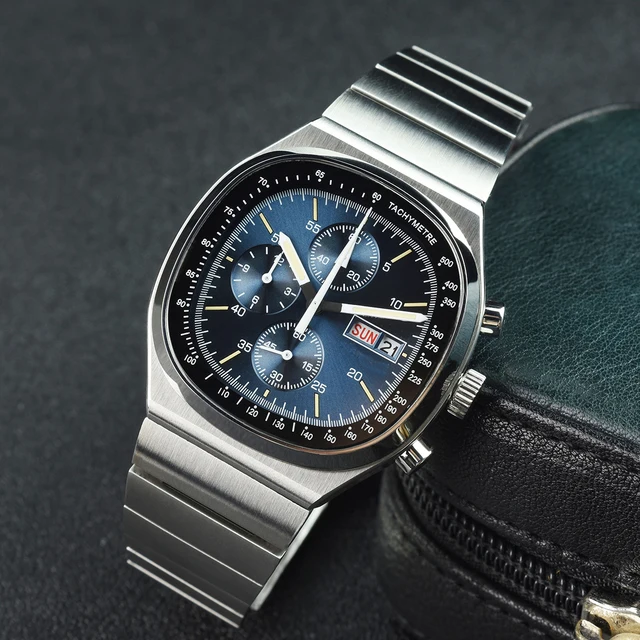
Conclusion: Embracing the World of Wristwatches
Wristwatch is more than just tools for telling time. They embody history, craftsmanship, and style. Understanding the evolution of watches, their types, and how to choose and care for them enhances our appreciation of these remarkable devices.
As you delve into the world of wristwatches, remember that each piece tells a story. From mechanical masterpieces to modern smartwatches, each timepiece reflects personal style and preferences. Whether you wear a watch for functionality, fashion, or both, embracing the journey of discovering wristwatches enriches your life.
So, take the time to explore, learn, and enjoy the timeless appeal of wristwatches. Whether you’re starting your collection, looking for a special gift, or simply appreciating the artistry involved, the world of wristwatches invites you to discover its wonders.
